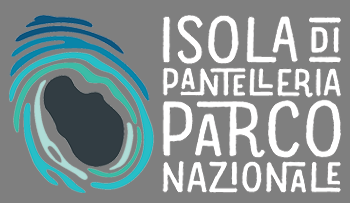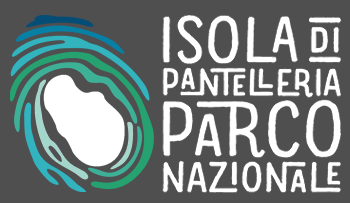- Producers of typical products
- Hiker's Vademecum
- Pantelleria Militare
- Forum
- Environmental Education
- The Authorities
- Organization and Offices
- Council Notice Board
- Transparent Administration
- Reference Legislation
- Regulations in force
- The plan of the Park
- Consultation of deliberative acts
Home » Rural landscape » Architecture
Terraces
"… è talmente sassosa e alpestre che per ridursi a coltura vi hanno, si può dire, sudato sangue quei poveri abitatori. È uno stupore vedere a' monti ed alle scoscese colline tolto il loro declivio ed alpestre e per mezzo come sarebbe di tanti gradi formati e resi stabili con ritegni e trincere di pietre scavate in abbondanza dal medesimo sassoso terreno, resi i poderi in piano e sentirsi così dalla pioggia, che si ferma tanto che produchi gli effetti delle sue beneficienze … Par giusto di vedere quello che ne dicono i viaggiatori della Cina dove nel consimile modo le montagne son ridotte in pianura".
Broggia, 1757
Broggia, 1757
In the historic rural landscape of Pantelleria, lava stone combines architecture, agrarian accommodation and the land in a homogeneous material and chromatic texture, in a setting of great landscape charm. The stone builds the landscape by accumulation, maintaining its original shape, as it is obtained by tilling the land: piles of stone, walls, volumes, are raised and made stable exclusively thanks to the friction between the stone faces and the dry construction technique. The most representative elements of the rural landscape of Pantelleria come from the accumulation and aggregation of stone: the wall, the terraces, the garden and the dammuso.
For centuries, cultivation on the island has been linked to the rich culture of dry-stone construction. This knowledge has been handed down from generation to generation and has adapted to the nature of the stone and the geomorphological nature of the island.
At the base of the entire landscape system is the dry-stone wall. There are countless constructive versions on the island that show the extreme richness and refinement of the settlement system: walls that support cultivated terraces, non-structural walls that serve as property limits, walls that protect crops from the wind.
Dry-stone construction is closely related to cultivation techniques.
From the Iron Age onwards, the nature of the stone available in the different sides of the island (its hardness, colour, specific weight) has determined the chromatic and stereotomic aspects of the landscape: in the presence of dark sodariolitic lavas or sodatrachitic quartz, of black, glassy, shiny stones, worked with stick, breaks along the lines of fracture and takes on an elongated shape recognizable in the large irregular walls in the areas of Çimillía, Bukkurám, Sibá, Khámma; in areas of ignimbrite lavas, the stone has instead a lighter shade, is more workable and defines more regular walls in the areas of Scauri and Dietro Isola.
To these structural differences are added the infinite chromatic nuances of stone, lichens, climate, light in a succession of "original formal expressions closely linked to the place".
© 2024 - Ente Parco Nazionale Isola di Pantelleria
Via San Nicola, 5 - 91017 Pantelleria (TP)
Tel +39 0923/569412 - Email: info@parconazionalepantelleria.it - protocollo@pec.parconazionalepantelleria.it
Codice fiscale: 93077090814







